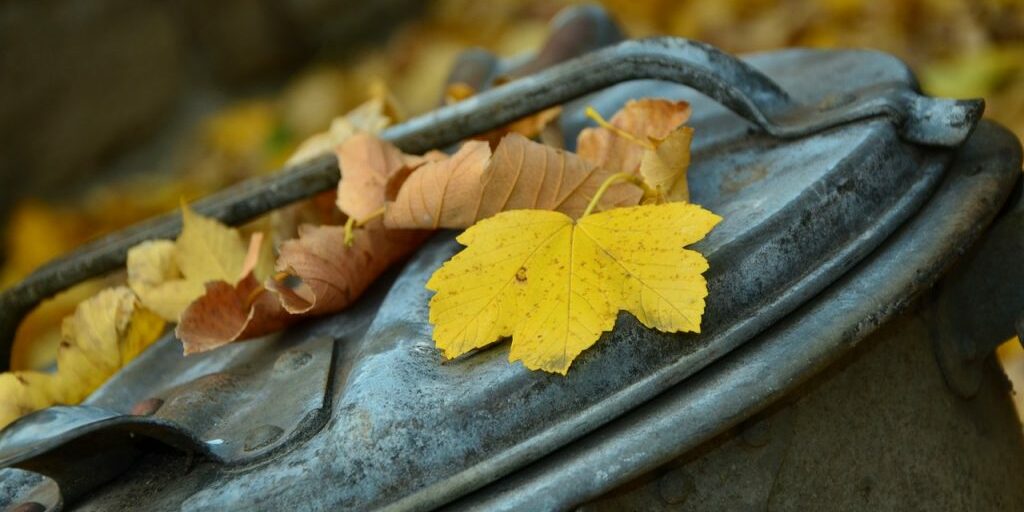It’s astonishing to realize that food waste in the US accounts for 14% of the total municipal waste stream, and that less than 3% of it is recovered or recycled. The only waste category that’s bigger is paper. With food, especially good-quality food being so expensive – we are essentially throwing our hard-earned cash into the landfill. However, even worse is the fact by tossing our food into the landfill, we are creating a greenhouse gas that that has 21 times the global warming potentially than Carbon Dioxide! Yes – methane gas is a nasty one.
Landfills are a major source of methane production caused by humans because once food is thrown into one of these giant pits, it rots and produces methane gas. Farms, restaurants and grocery stores are huge contributors to this waste stream and sadly there are many obstacles involved for them: You would think that it would be easy for them to donate or redistribute food that is still good, but maybe at or just past it’s sell-by date, most most corporations won’t risk donating their food to the hungry because of liability issues. Mom and Pop restaurants aren’t eligible for tax deductions from food donations. There are programs in many states that try to organize surplus food being donated to the hungry, but only a few restaurant chains participate because they think it’s going to be an added expense.
As individuals, however, we can do something in our own homes. As Ghandi is so often quoted: Be the change you want to see in the world. To me, that means that I try in my own home to keep as much food out of the waste stream as possible and here’s how:
- Compost all food scraps: This is so simple. If you have a yard, start a compost bin and if not, you can probably find a local farmer who will gladly take your scraps or compost.
- Save leftover mash potato and rice to make patties the following day – delicious fried in a little olive oil.
- Keep your carrot and parsnip tops & tails – also your broccoli stalks because you can simmer than with some herbs and an onion to make the best veggie stock (then freeze it).
- Freeze bananas if you think they are going ripe and you won’t get a chance to use them. I chop them up and put them in a freezer bag.
- If your apples are getting a bit old, peel and core them, then simmer them in a little water to make homemade apple sauce.
- You can freeze grapes – kids love them for snacks.
- If you’re not going to use your raspberries or blueberries, freeze them for smoothies.
- If you bought some meat or fish and need to use it up before it goes bad, cook it and freeze it.
- If in doubt, always freeze a sliced loaf of bread. I prefer my toast from freezer bread anyway. It keeps much better than in the fridge.
- As soon as your avocados are ripe, place them in your fridge.
- Make breadcrumbs out of stale bread.
- Soups! This is the answer to using up veggies.
- Use rinds of cheese to flavor a veggie/bean soup.
- If you bought too much milk, make my probiotic yogurt, which keeps for weeks.
- If you make too many pancakes, waffles or French toast, freeze them for later in the week.
If you have any more suggestions, please add them here because every tip helps.




We feed our dogs raw meat, veggies and fruit. When we have veggies or fruit that is going bad soon we chop it in the food processor and freeze it. Then the dogs get it for dinner at a later time!
So true- I was thinking the same this morning as I fed my dogs green beans and potato leftovers from last night.
Excellent ideas! I now live alone (divorced, kid grown and gone) and it’s very hard to NOT have too much food. It’s difficult to purchase many items in quantities small enough for one person. So…I feed the neighbors. Many of them are in the same situation so we “pool” our resources so we don’t waste so much. Plus, the camaraderie is great.